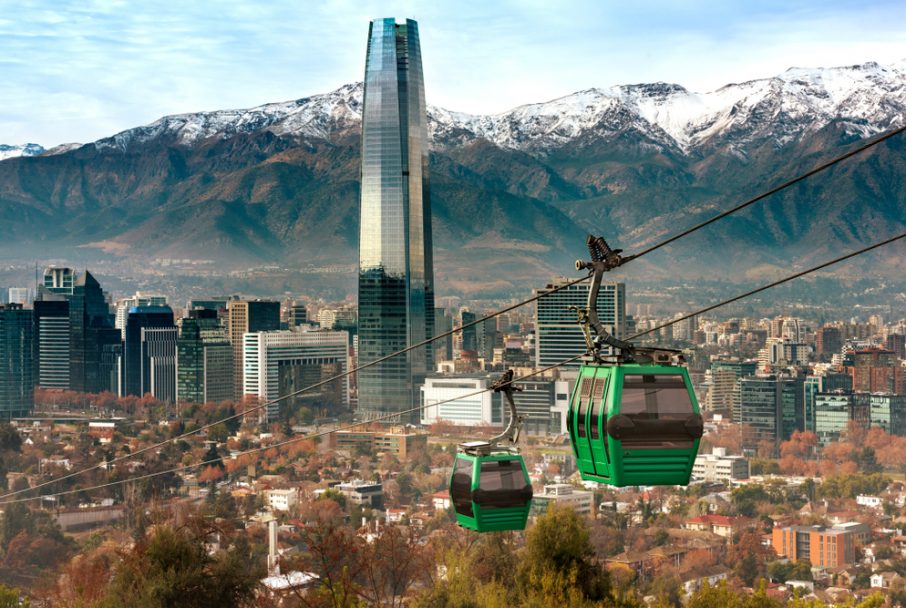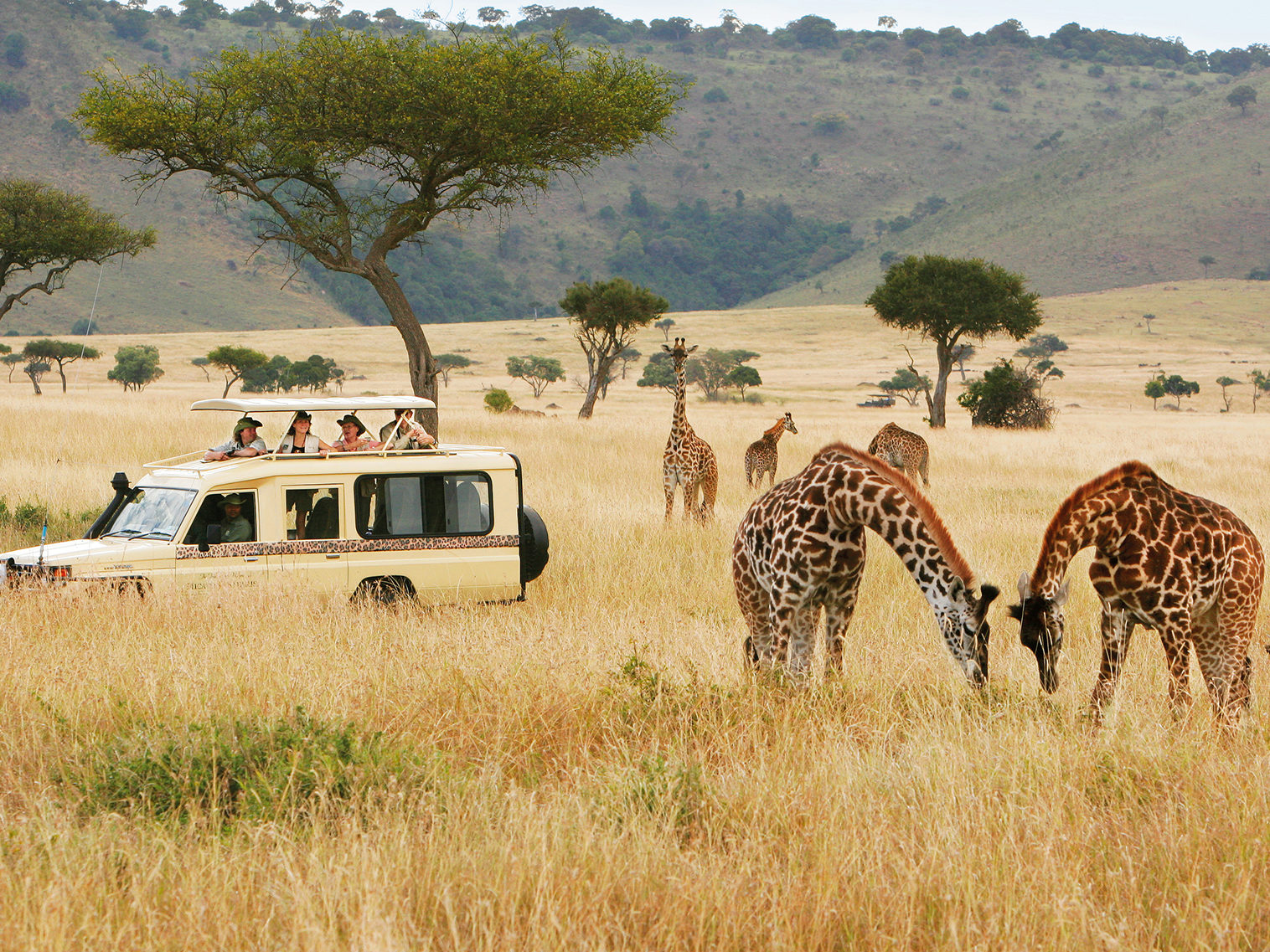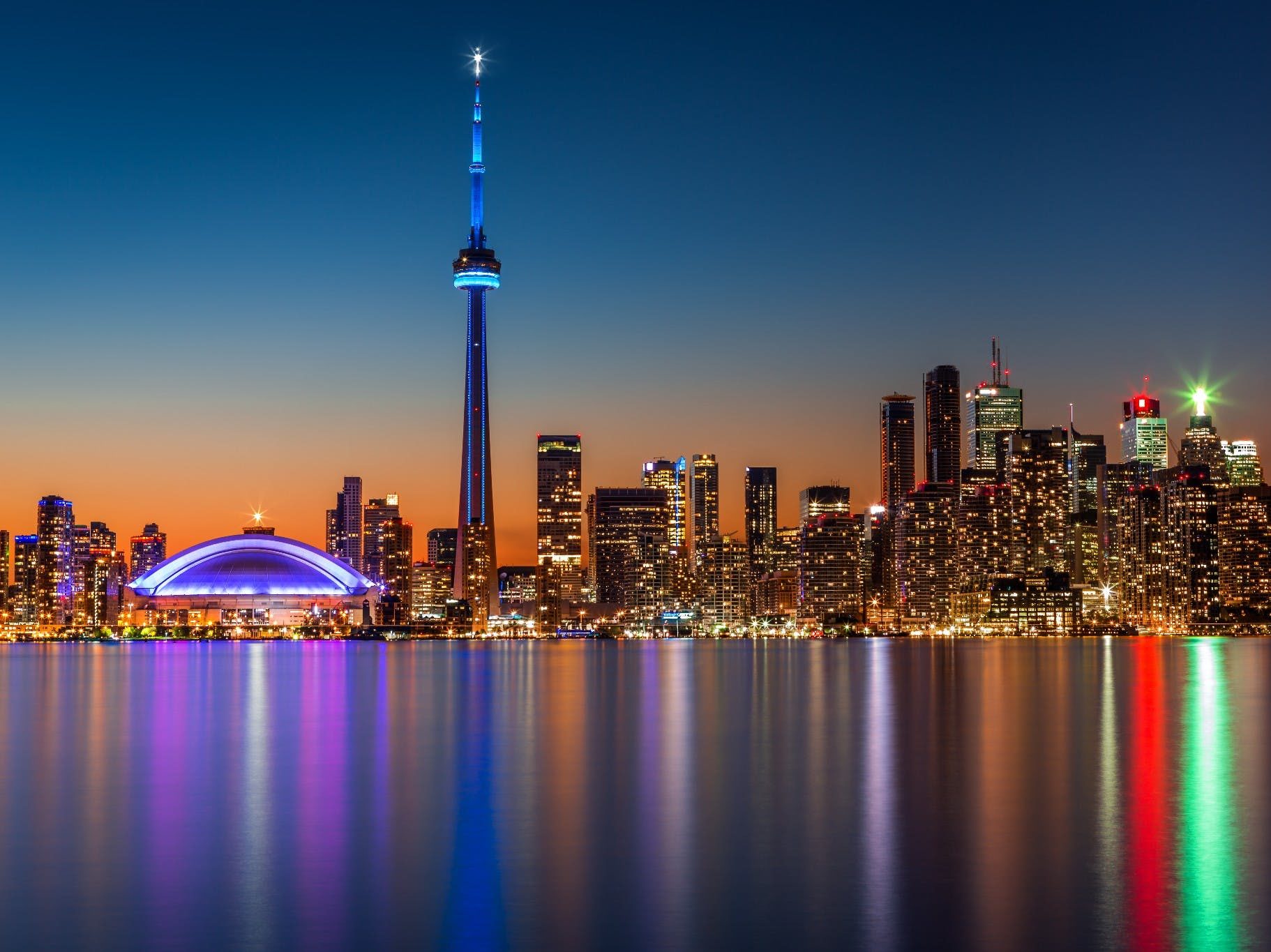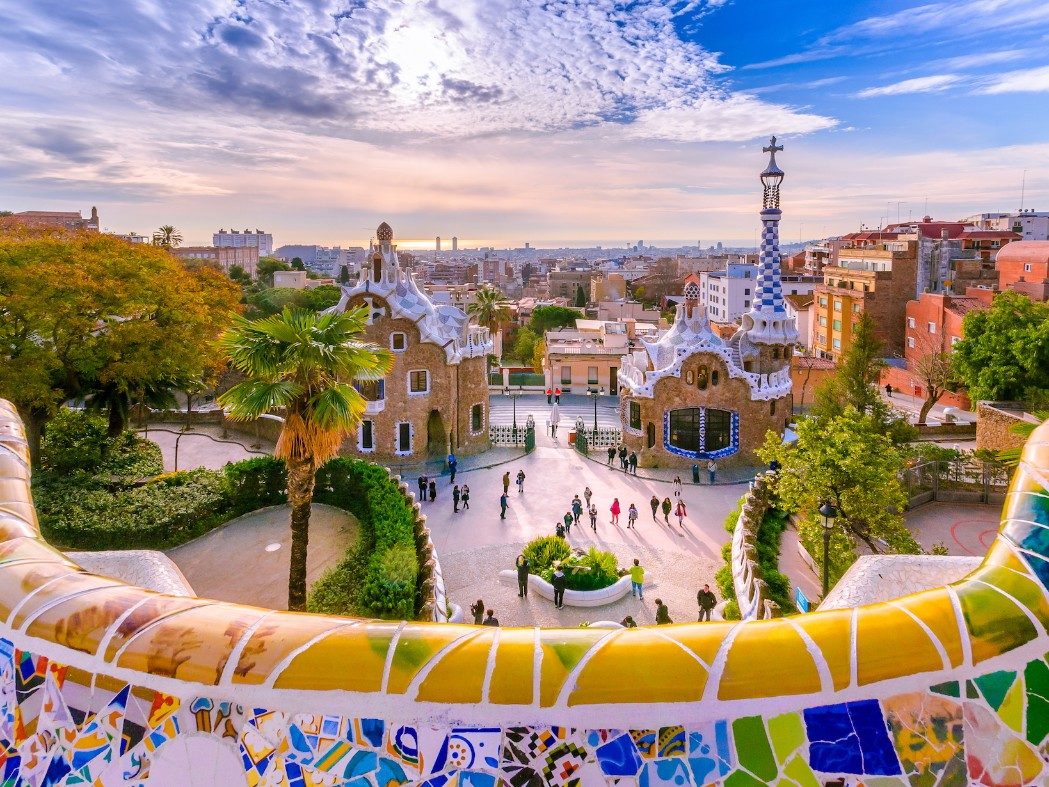Las Vegas
Las Vegas, city, seat (1909) of Clark county, southeastern Nevada, U.S. The only major city in the American West to have been founded in the 20th century, Las Vegas grew from a tiny, desert-bound railroad service centre at the outset of the 20th century to the country’s fastest-growing metropolis at century’s end. This transformation—made possible by a combination of shrewd entrepreneurship, access to water, an extensive transportation network, and permissive state laws—has created the city now often known simply as “Vegas,” a place of vast casinos, elaborate hotels, and spectacular entertainment venues that attracts masses of visitors from throughout the world.
Las Vegas is Nevada’s economic centre and largest city. Its metropolitan area, with more than twice the number of people outside the city limits as within them, contains roughly three-fourths of the state’s population. Area 83 square miles (215 square km). Pop. (2010) 583,756; Las Vegas–Paradise Metro Area, 1,951,269; (2020) 641,903; Las Vegas–Henderson Metro Area, 2,265,461.
Character of the city
Las Vegas is a place of million-lightbulb signs and fantastic architecture, of readily visible wealth and carefully hidden poverty. It is a place of superlatives, both positive and negative. Within the city stand the largest glass pyramid in the world; one of the largest hotels in the country, with more than 5,000 rooms; and one of the most expensive hotels ever constructed, the Bellagio. The area along Las Vegas Boulevard and its adjoining near-downtown streets—the famous “Strip”—is the “City Without Clocks,” whose multibillion-dollar economy is devoted to servicing a wide array of impulses and addictions of many kinds. It is this Las Vegas, the flashy playground unofficially known as “Sin City,” that the American novelist and essayist Joan Didion once termed
Downtown Las Vegas is built to serve not residents but guests—tens of millions annually. Once derided as a cultural backwater, Las Vegas has evolved into an economic power that outstrips the output of whole countries. It is one of the country’s leading vacation destinations, drawing far more tourists than the Grand Canyon or Yellowstone National Park.
Beyond the bright lights of the Strip, however, lies a perfectly ordinary Western city, with neighbourhoods, churches, shopping centres, and strip malls. It is that city, and not the hotels and casinos, that draws thousands of new residents each year. This growth, coupled with its unusual economic basis, has made Las Vegas one of the wealthiest cities in the country, but it has also brought problems to the area. Las Vegas is among the country’s leaders in personal and property crimes, as well as suicide rates, alcohol consumption, and illegal drug use. The city also suffers the modern urban ills of air and water pollution, and the roads are choked with increasingly heavy traffic as new suburbs spring up in all directions.
City site
Las Vegas’s historic core lies at a site once occupied by marshes, freshwater springs, and grassy meadows (hence the city’s name; vegas is Spanish for “meadows”), long since covered by streets, buildings, and parking lots. The modern-day city sprawls across a broad, arid valley at an elevation of roughly 2,000 feet (610 metres). The valley fans out eastward from the picturesque, pine-clad Spring Mountains, whose highest point, Charleston Peak, rises above 11,910 feet (3,630 metres). To the north lie three lower ranges, the Pintwater, Spotted, and Desert mountains, and to the east are the McCullough and Sheep ranges. A wide pass between those two ranges leads to Hoover Dam and Lake Mead, the huge reservoir on the Colorado River impounded by the dam; Las Vegas Wash, the valley’s major drainage, leads through this route.
Surrounded by mountains, the Las Vegas Valley is a basin that collects the scant rainwater and snowmelt that reach it. Underlying that basin is a series of aquifers that once led out into small springs near the site of what is now the downtown area. These springs, most of which have dried up because of excessive groundwater pumping, historically flowed into the Colorado River toward the Pacific Ocean. The southern limit of the Great Basin reaches to just 15 miles (24 km) north of Las Vegas; its waters, which have no outlet to the sea, disappear into a vast inland desert.
The Las Vegas Valley is ecologically part of the Mojave Desert, whose characteristic plant is the Joshua tree. The smallest of the North American deserts, the Mojave supports significant human settlement only in the Las Vegas area and at a few points along the Colorado River. More than four-fifths of the city’s water supply comes from the Colorado River at Lake Mead. The remainder is pumped from underground aquifers. As more water has been removed from these aquifers, the sandy soils have subsided, leading to fissuring and structural damage of the surface and the formation of large sinkholes. These fissures are compounded by the damage caused by occasional earthquakes; the Las Vegas Valley, particularly its northwest quadrant, lies in an active fault zone.
Climate of Las Vegas
Las Vegas is hot and dry for most of the year. The average daily temperature is 68 °F (20 °C); the average high is 80 °F (27 °C) and the average low is 56 °F (13 °C). January is the coldest month, with average daily temperatures ranging from 57 °F (14 °C) to 37 °F (3 °C); freezing temperatures are uncommon in the valley but normal for the surrounding foothills. July is the hottest month, with average daily highs and lows of 104 °F (40° C) and 78 °F (26 °C).
Las Vegas lies only some 100 miles (160 km) east of Death Valley, one of the hottest and driest places in the country, with an average annual precipitation of only 4 inches (100 mm). The area has endured rainless periods of up to two years, although on average no year is without some precipitation. Most precipitation occurs in the winter months, when cooler ground temperatures allow moisture-laden clouds from the Pacific Ocean to cross the mountain barrier that normally produces a rain shadow. When rain does fall, it can be torrential and can trigger highly destructive flash floods.
City layout
The old downtown at the centre of the city became overshadowed in the 1950s by the Strip, the portion of Las Vegas Boulevard (and adjoining side streets) running some 4 miles (6 km) to the southwest, where the city’s most ostentatious and luxurious hotels, restaurants, casinos, and restaurants were built. The city spreads outward in all directions from Las Vegas Boulevard; the metropolitan area covers all of Clark county, a portion of Nye county to the northwest, and a small part of Mohave county, Arizona, to the southeast. It includes the incorporated areas of Boulder City, Henderson, and North Las Vegas as well as the unincorporated areas of Paradise, Winchester, Spring Valley, Lake Mead Shores, and Sunrise Manor. These areas are joined by several arterial roads, including the Bruce Woodbury (Las Vegas) Beltway, a ring road through the Las Vegas Valley.
Las Vegas is an amalgamation of many neighbourhoods. One of the more unusual is the planned community of Summerlin, partly outside the city limits. Built on land that was originally purchased by the wealthy industrialist, aviator, and motion-picture producer Howard Hughes in the 1950s, Summerlin was later developed beginning in 1990. About half of Las Vegas’s population lives in single-family homes located in ethnically homogeneous communities. Another large segment lives in apartments and town houses, many in developments built around golf courses, artificial lakes, and greenbelts that stand in sharp contrast to the tawny desert beyond.
People
From its first settlement by Mormons in the mid-19th century, Las Vegas has been populated predominantly by people of European (white) ancestry. Some three-fourths of the population is white. Only a small proportion of the population today is Mormon. About a third is Roman Catholic, and there is a sizable Jewish minority.
Several hundred Chinese immigrants were drawn to the region in the mid-19th century to help build the railroad that would join Las Vegas to other cities in the mountain region and on the Pacific coast. About the same time, Basque sheepherders came to the area, introducing an Iberian culture quite distinct from that of Spanish-speaking Mexicans living there. African Americans arrived in the 19th century, most of them as cowboys and seasonal ranch workers, and their numbers grew in the years during and after World War II, when many were stationed in the area for military service or arrived to work in defense-related industries.
African Americans now constitute a substantial minority, more than one-tenth of the city’s population. Hispanics account for more than one-fourth of the total, many of them recent immigrants from Mexico and Central America who work largely in the service sector. Relatively small numbers of Asians and Native Americans round out the city’s ethnic composition, as do Pacific Islanders, who moved to Las Vegas in such numbers that many Hawaiian immigrants refer to it as the “ninth island.”
Ethnic discrimination was common in the city’s earlier days but has subsided somewhat since the late 1960s. Few African Americans or Hispanics worked on the Hoover Dam project during the 1930s, even after the federal government ordered the consortium building it to halt such discriminatory practices; those who were hired were employed only as common labourers. Jim Crow segregation practices were introduced in Las Vegas in 1947 as a means of placating the city’s growing white tourist clientele; only one casino, the Moulin Rouge, which was partially owned by the African American heavyweight boxing champion Joe Louis, was open to both blacks and whites. The rest of the city’s casinos voluntarily desegregated in the mid-1950s, but de facto segregation existed elsewhere in Nevada until the mid-1960s. In 1968 Governor Paul Laxalt initiated several far-reaching reforms that were meant to ease growing ethnic tensions. Even so, race riots broke out in 1969 and 1970. From the early 1970s to the early 1990s, Las Vegas schools employed a comprehensive desegregation plan. Although school desegregation experienced setbacks after the plan was dismantled, the overall process of integration continued, and by the early 21st century several African Americans had been elected to the city council.
Americans of Italian and Irish ancestry have long been prominent in the city’s politics, although each group constitutes only a small minority of the population. Since the 1950s Las Vegas has also had a growing homosexual community that has made substantial contributions to its cultural life.
The people of Las Vegas range across social classes, from the very rich, including many new immigrants from Asia and Europe, to the very poor. The numbers of the latter are growing rapidly as immigrants arrive from Mexico and Central America seeking work, usually finding it in the service sector and the manual trades.
Economy
Agriculture formed the basis of the Las Vegas economy from the mid-19th to the early 20th century. The city’s outlying areas continued to depend on farming and ranching until the 1980s, when the rising cost of obtaining subsurface and river water for fields and pastures caused many to abandon their operations. Whereas agriculture had accounted for the vast majority of water use in the area, the city’s municipal needs began to grow with an increase in population. Since the 1990s, Las Vegas has had one of the fastest-growing employment bases in the country, benefiting from a large labour pool and from a favourable business climate. These conditions enabled city promoters to entice businesses of all kinds to choose Las Vegas over California.
Manufacturing
Mining constitutes the mainstay of the region’s industrial sector; minerals extracted from the several facilities in the area include silver, gold, lead, and molybdenum. Manufacturing has grown in importance, with most of the plants concentrated in the communities of Henderson and North Las Vegas. Construction has long been a significant component of the economy, serving the rapidly growing population.
Finance and other services
Although Las Vegas claims to have a diversified economy, the service sector unquestionably is dominant. In reality, the city is essentially a one-company town—that “company” being gambling and tourism. The growth of tourism has been phenomenal, especially since the city began promoting itself more as a family-oriented vacation destination in the 1990s. In addition, trade shows and conventions account for an ever-growing portion of tourism revenues. The Las Vegas Convention Center is one of the largest such facilities in the country.
Some two-thirds of all jobs in the region are service-related. The largest concentrations are in the numerous hotels, casinos, and other tourist-related enterprises, where wages typically are low. Nonetheless, labour is well-organized, and union membership is high. Government-related employment is also important; Nellis Air Force Base, adjacent to North Las Vegas, is the metropolitan area’s single largest employer. In addition, wholesale and retail trade and financial services are all significant components of the regional economy.
Transportation
Until the early 20th century, Las Vegas was isolated from other population centres and was connected to Los Angeles and Salt Lake City by only a wagon route that required weeks to traverse. That changed in 1904, when a line from the San Pedro, Los Angeles & Salt Lake Railroad to Las Vegas was completed. Today Las Vegas is a regional hub for the Union Pacific Railroad and is served by Amtrak.
The city’s network of county, state, and federal roads is inadequate to meet the transportation needs of the growing population, and Las Vegas Boulevard, portions of the interstate highway, and other arterial roads are often crowded. The city has undertaken a large-scale program of road improvements, the centrepiece of which is the Bruce Woodbury Beltway, constructed as a joint venture with other municipalities in the metropolitan area. The basic road was completed in 2003, and work has continued on converting its entire 53 miles (85 km) into a limited-access highway. The city maintains an extensive bus system, and a privately built and operated monorail connects many casinos and other attractions on the Strip.
McCarran International Airport is among the fastest-growing airports in the country. The Southern Nevada Foreign Trade Zone—a free-trade zone that includes the airport and allows a variety of goods to be imported duty-free or with reduced excise taxes—has increased the region’s attractiveness to international business interests.
Las Vegas operates on a council-manager system. The city manager is responsible for the daily operations of government and administration. The city council comprises seven members, including six members elected by ward as well as the mayor, who presides over the council. All serve four-year terms. The council and the city manager’s office oversee a number of commissions and boards.
Municipal services and health
Responsibility for providing a range of services to the citizenry is shared by the city, the board of supervisors for Clark county, and the governments of nearby municipalities. Las Vegas maintains an airport and road authority, a municipal court system, police and fire departments, waste-management operations, water treatment and delivery facilities, public parks, and public libraries. The city’s municipal park system expanded rapidly in the late 1990s to include such new facilities as Children’s Memorial Park, northwest of downtown, and Heritage Park, which adjoins the Las Vegas Natural History Museum.
Categories: North America
More Lifehack Videos





